Nowadays USB port is used widely for data transactions between electronic devices and computers. In many scenarios, there is no need to communicate with the USB port directly, therefore electronic designers use USB to UART (RS232-Serial) converter chips, so the USB port is converted to a virtual COM port on the computer. The initial thought of many designers is to use FTDI chips to do the USB to UART conversion. There is nothing wrong with FTDI chips, however, they are expensive. In this article/video, I introduced a cheap USB to UART converter module that uses the MCP2200 chip from Microchip. The converter supports both 3.3V and 5V serial logic levels and uses three LED indicators for power connection, data transmission, and data reception.
The module supports the serial CTS and RTS pins, also six GPIOs that can be used for direct controlling of connected devices. The serial data of the module has been examined and decoded using the UART decoding feature of the Siglent SDS2102X Plus oscilloscope. So let’s get started!
A. Circuit Analysis
Figure 1 shows the schematic diagram of the USB to UART converter module. The schematic has been divided into a few parts for better visual inspection.

Figure 1, Schematic diagram of the USB to UART converter module
IC1 is the MCP2200 [1] USB to UART converter chip from Microchip. It supports full-speed USB up to 12Mb/s and it is available in a 20-lead SOIC package. So it is easy to solder this component for prototyping. It is also equipped with RTS and CTS pins and six GPIOs.
R1 is a pullup resistor for the reset pin and C1 and C2 are decoupling capacitors to reduce the supply noise. C3, C5, and Y1 build a clock generation unit. C6 reduces the VUSB rail noise.
USB1 is an SMD USB-mini connector for the USB cable connection. C4 and FB1 reduce the +5V USB supply noises. Figure 2 shows a picture of an SMD USB-B mini connector.
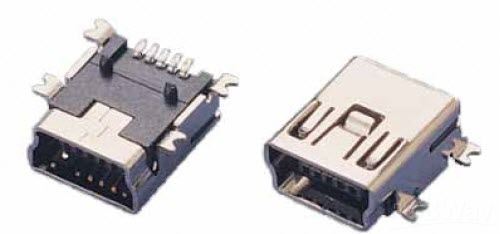
Figure 2, An SMD USB-mini connector
REG1 is the RT9166-33GX [2], that is a linear 3.3V regulator in a small SOT-89 package. According to the datasheet: “The RT9166/A series are CMOS low dropout regulators optimized for an ultra-fast transient response. The devices are capable of supplying 300mA or 600mA of output current with a dropout voltage of 230mV or 580mV respectively. The RT9166/A series is optimized for CD/DVD-ROM, CD/RW, or wireless communication supply applications. The RT9166/A regulators are stable with output capacitors as low as 1μF. The other features include ultra-low dropout voltage, high output accuracy, current limiting protection, and high ripple rejection ratio. The devices are available in fixed output voltages range of 1.2V to 4.5V with 0.1V per step. The RT9166/A regulators are available in 3-lead SOT-23 (RT9166 only), SOT-89, SOT-223, TO-92, and TO-252 packages”.
P3 is a 3-pin male-header that allows the user to switch between 3.3V and 5V logic levels, just by using a jumper. D1, D2, and D3 are three SMD LEDs that indicate the correct USB cable connection, data transmission, and reception. R2, R3, and R4 are used to limit the current of the LEDs.
B. PCB Layout
Figure 3 shows the PCB layout of the USB to UART converter module. It is a two layers PCB board and all component packages are SMD (except pin headers).
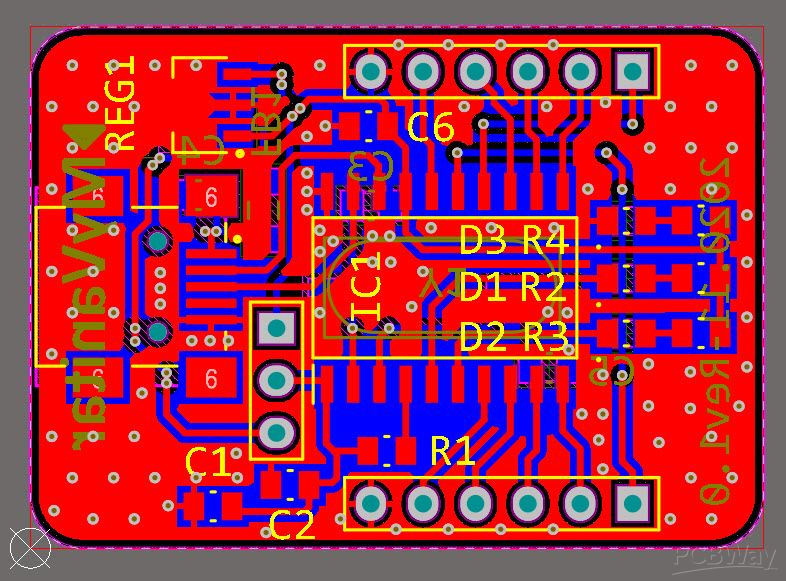
Figure 3, The PCB layout of the USB to UART converter using MCP2200
Figure 4 is a separate view of the top and bottom layers, so the red layer is the top and the blue layer is the bottom.

Figure 4, A separate view of the top and bottom layers of the PCB
When I decided to design the schematic and PCB for this project, I realized that I don’t have the component libraries of IC1[3] and REG1[4] in my component libraries storage. So as usual I decided to go with the SamacSys IPC rated component libraries and installed the missing libraries (schematic symbol, PCB footprint, 3D model) using the free SamacSys tools and services. There are two options to import the libraries into the Electronic designing CAD...
Read more » hesam.moshiri
hesam.moshiri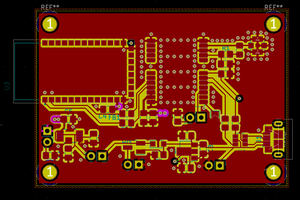
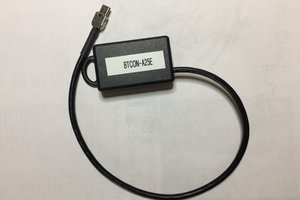
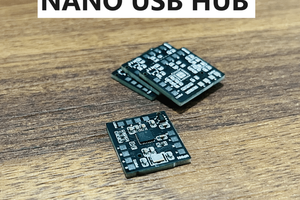
 Lithium ION
Lithium ION